Lilyturf Cold Tolerance: How To Care For Liriope In Winter
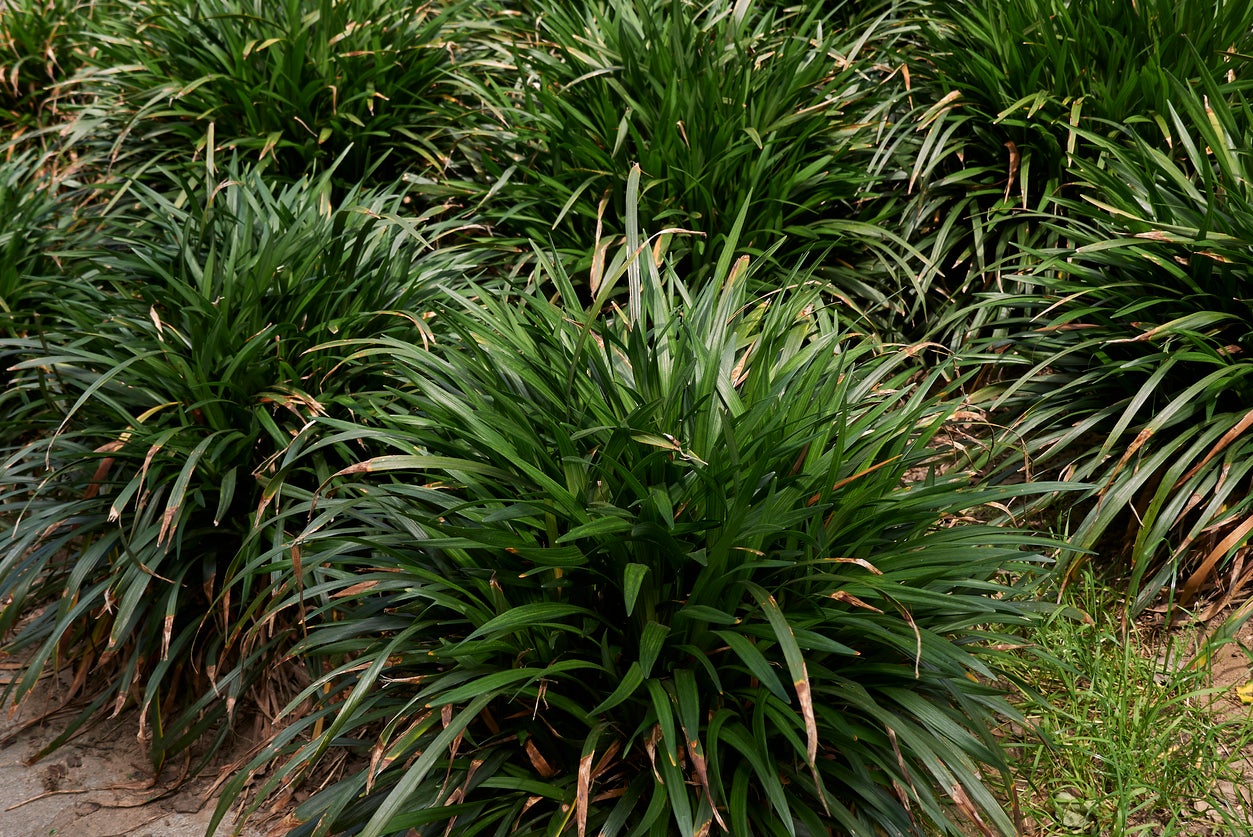

For many homeowners, the process of planning and planting flower beds can feel intimidating. Choosing which flowers to plant can be especially difficult when faced with issues such as shade, heavy or sandy soils, and steep slopes. However, some highly adaptable plants are able to thrive even in the most adverse conditions. Liriope, for example, is both easy to care for and suitable to a wide range of growth habitats.
Also known as lilyturf and sometimes monkey grass, liriope is a visually appealing and reliable ornamental plant for home landscapes, flower borders, and mass plantings. With a grass-like appearance, lilyturf plants produce a profusion of short white to lavender flower spikes. Once the blooming has completed, the spent flowers are removed and the vibrant evergreen foliage continues to grow throughout fall.
Lilyturf Winter Care
When it comes to lilyturf, cold tolerance is an important aspect. Though evergreen, liriope in winter will naturally enter into a stage of dormancy in which growth of the plant foliage ceases.
For the best results, homeowners will need to begin the process of winterizing liriope plants.
This should begin late in the winter growing season, before the new growth of the plant has resumed in the spring. To maintain lilyturf plants, growers can simply remove the plant’s foliage to the ground. When doing so, make certain not to damage the crown of the plant, as this may disturb the growth of foliage in the spring. As always, be sure to wear garden gloves and long sleeves when performing plant maintenance to avoid allergic reactions or skin irritation.
Once the plants have been trimmed back, be sure to clean up and remove the dead foliage from the garden to help prevent disease among the planting. While it is possible to prune the plants later in the growing season, it may negatively impact the plants or cause irregular or unattractive growth patterns.
Late winter and early spring are also good times to dig and divide lilyturf plants. To do so, simply dig the plant and divide using a sharp pair of garden shears or a shovel. Plant the divided clumps in the desired location by digging a hole at least twice as wide and deep as the plant’s root ball.
Gardening tips, videos, info and more delivered right to your inbox!
Sign up for the Gardening Know How newsletter today and receive a free copy of our e-book "How to Grow Delicious Tomatoes".
Water the plants well until new growth has resumed in the spring and liriope plants have become established.
With proper care, these plants offer growers reliable color and texture in ornamental plantings throughout the entire growing season.

Tonya Barnett has been gardening for 13 years. Flowers are her passion. She has transformed her backyard into a cut flower garden, which she regularly chronicles on her YouTube channel http://www.youtube.com/@tonyawiththeflowers.
-
 Looking For Plants To Give You The Soft And Fuzzies? Try These 5 Fuzzy Leaf Plant Options
Looking For Plants To Give You The Soft And Fuzzies? Try These 5 Fuzzy Leaf Plant OptionsLovers of texture, drama, silver foliage and tactile plants will adore these special sensory garden additions. These fuzzy leaf plant options will leave you all aglow
By Susan Albert
-
 Get Ready For A Summer Of Hummers! Grow These Full Sun Hummingbird Plants and Flowers
Get Ready For A Summer Of Hummers! Grow These Full Sun Hummingbird Plants and FlowersIf you’re lucky enough to enjoy a sunny backyard, make sure you are maxing out on your pollinator opportunities and grow these full sun hummingbird plants and flowers
By Tonya Barnett
-
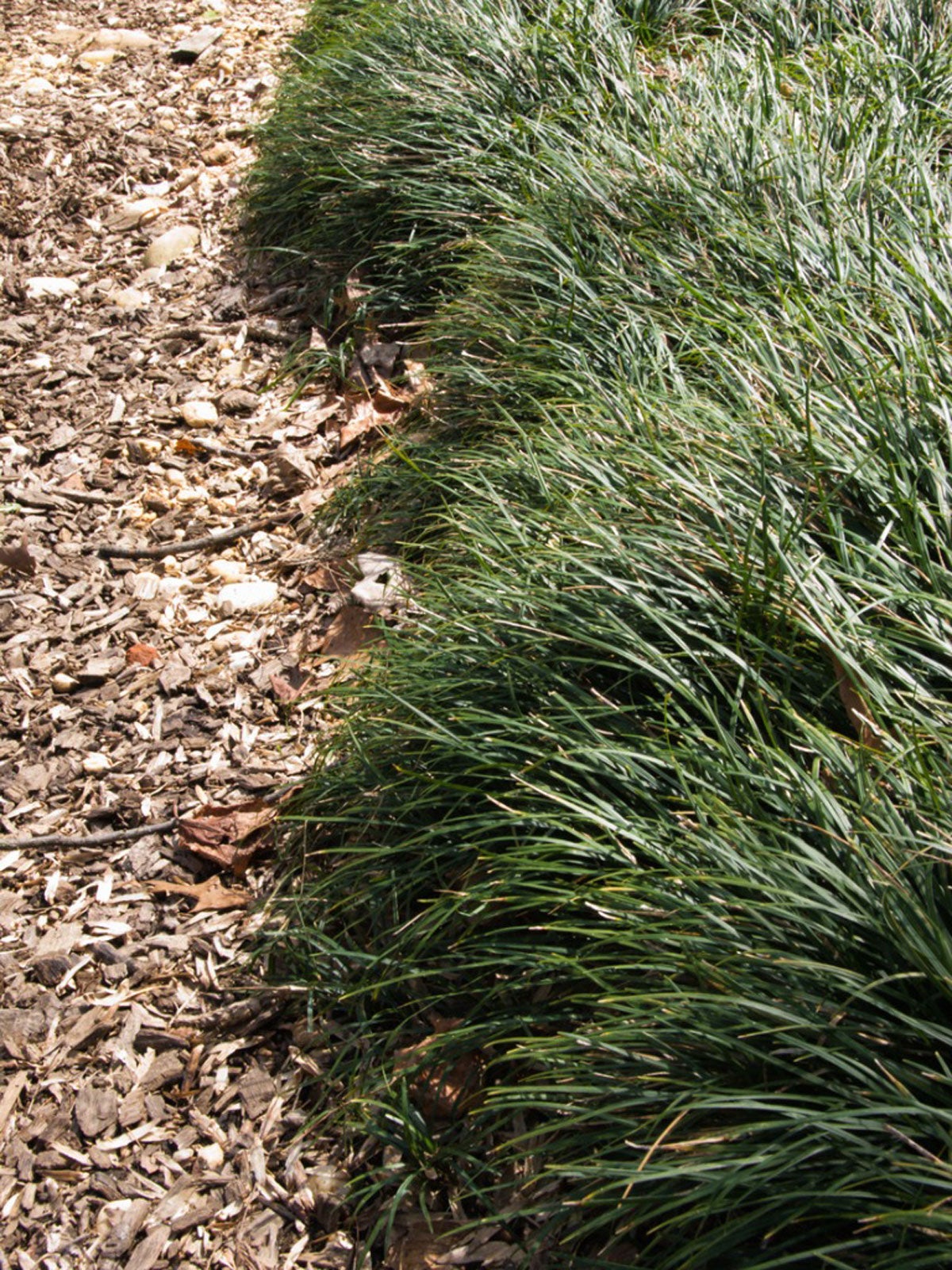 Liriope Grass Edging: How To Plant A Border Of Monkey Grass
Liriope Grass Edging: How To Plant A Border Of Monkey GrassLiriope is a tough grass that is often used as a border plant. Making a landscape border with this grass produces a tidy, low-growing, green edge that doesn't need mowing and remains green year after year. Learn more about using liriope as a border grass here.
By Bonnie L. Grant
-
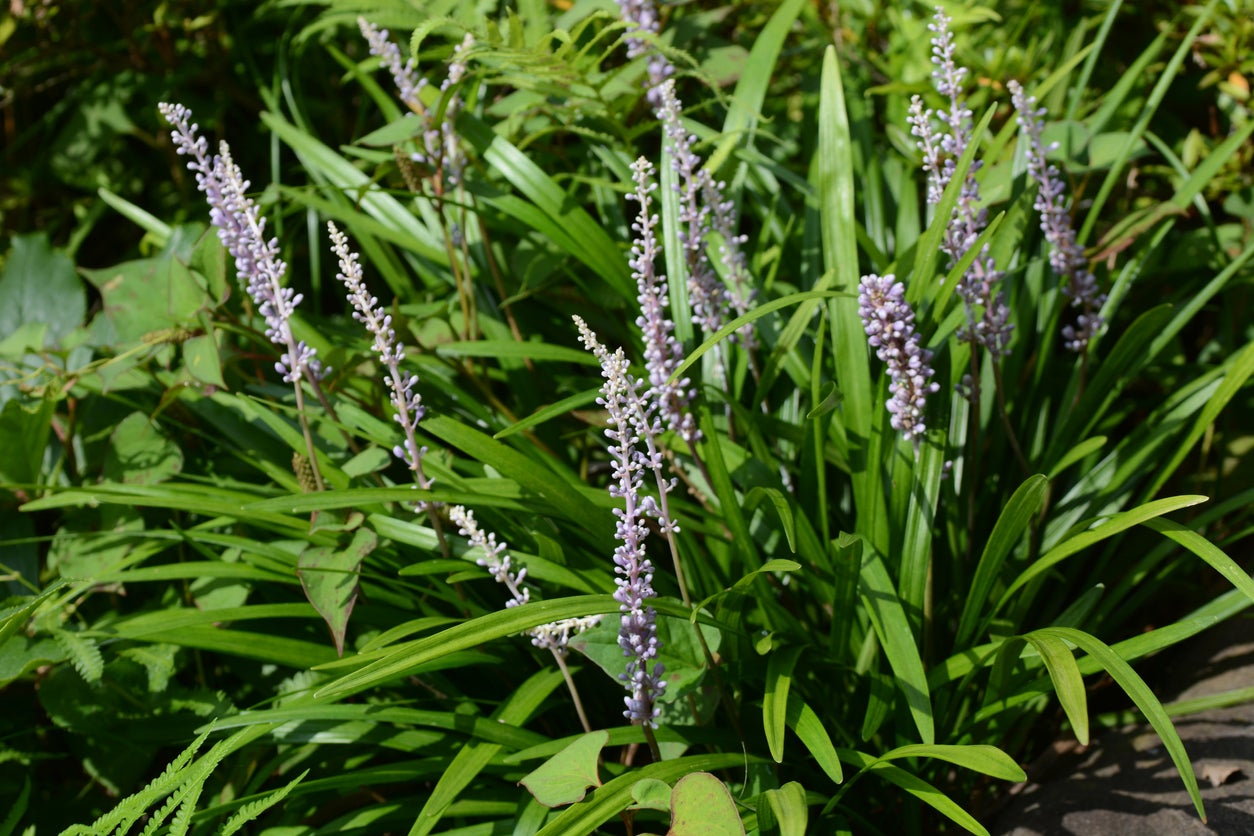 Splitting Liriope Roots – Learn How To Divide A Liriope Plant
Splitting Liriope Roots – Learn How To Divide A Liriope PlantTolerant to both heat and humidity, lilyturf only requires minimal maintenance to continue to thrive. So what about liriope plant division? Does this plant need to be divided and, if so, how and when? Click this article for the answers to these questions.
By Tonya Barnett
-
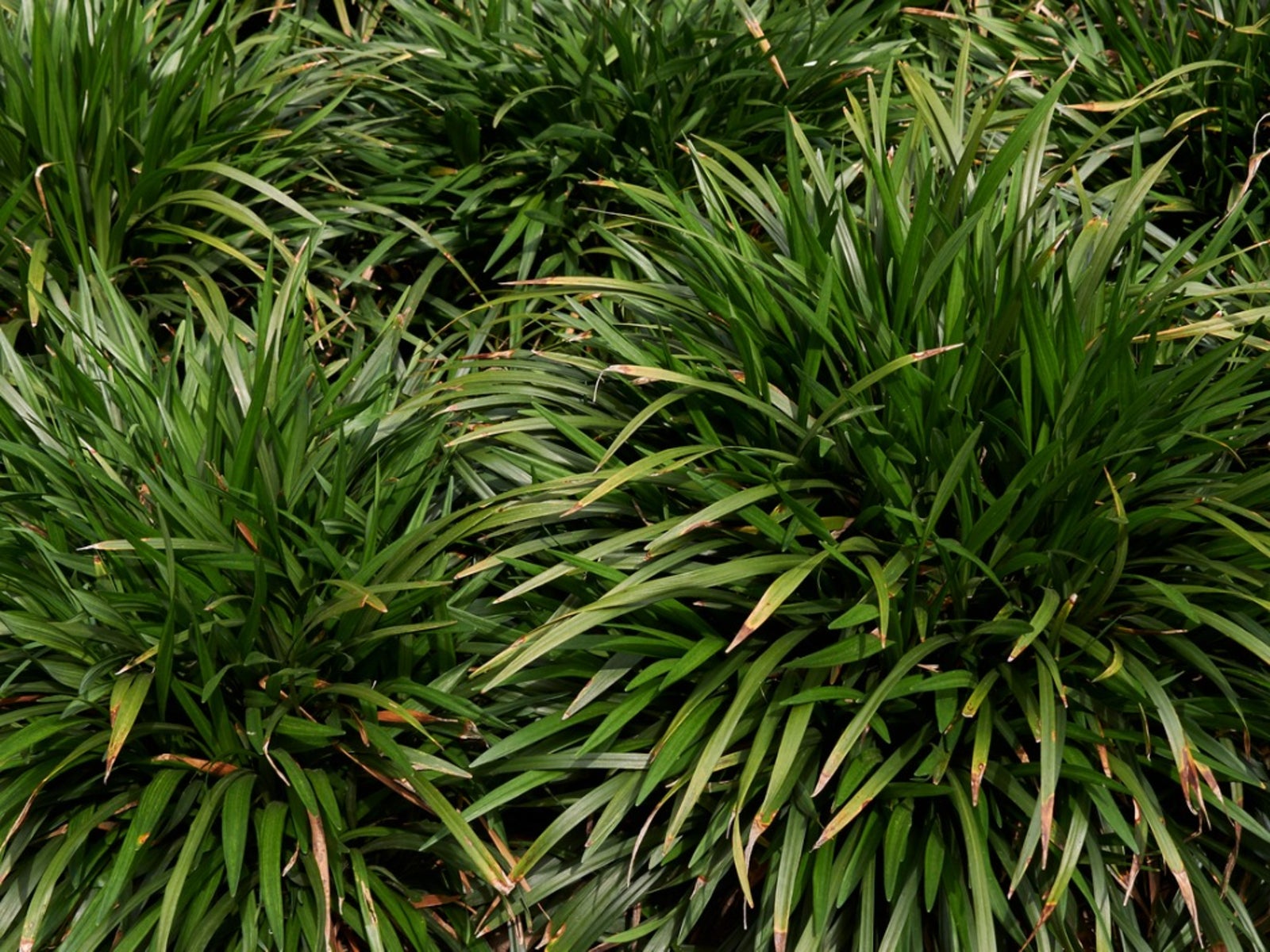 Monkey Grass Control: Best Way To Remove Monkey Grass
Monkey Grass Control: Best Way To Remove Monkey GrassIs monkey grass invading areas of your lawn and garden? Do you find yourself asking "How do I kill monkey grass?" You're not alone. Many people share these concerns, but don't worry. This article can help.
By Nikki Tilley
-
 How To Transplant Monkey Grass
How To Transplant Monkey GrassTransplanting monkey grass is actually pretty easy and the following article provides tips to help you learn how to transplant monkey grass in the landscape. Click here for more information.
By Heather Rhoades
-
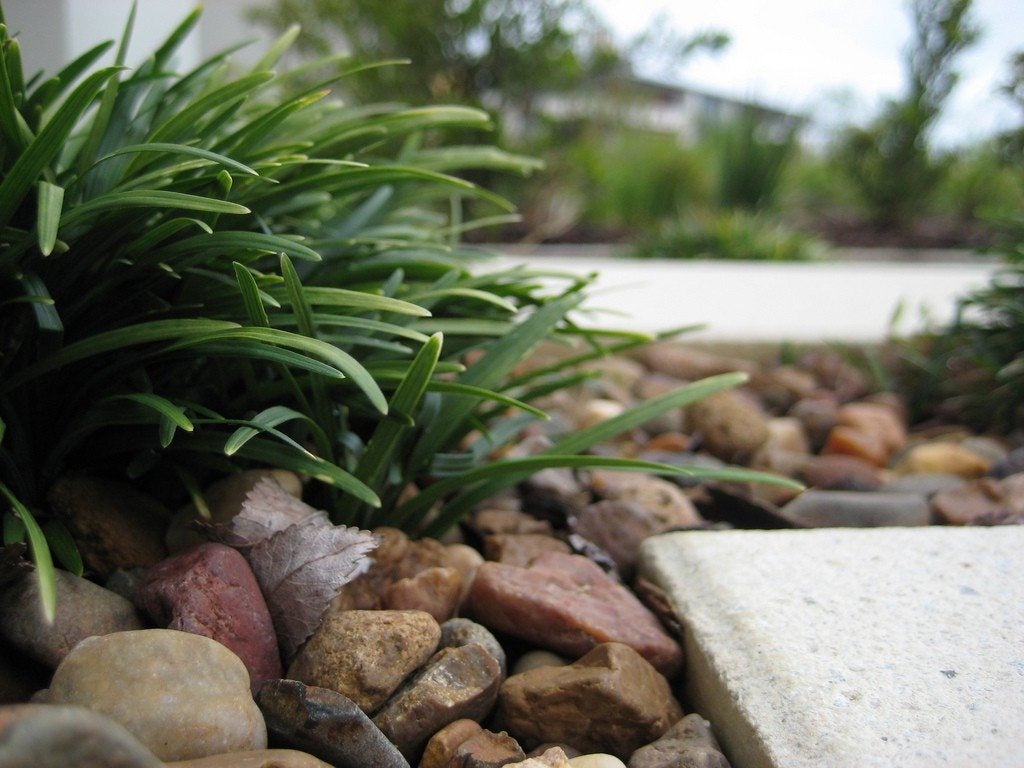 Information On Pruning And Cutting Monkey Grass
Information On Pruning And Cutting Monkey GrassMonkey grass is common in areas that are hilly or uneven because they fill in the area quite nicely. It comes in thick and is quite easy to grow. So easy that pruning may be necessary. Click here for pruning tips.
By Heather Rhoades
-
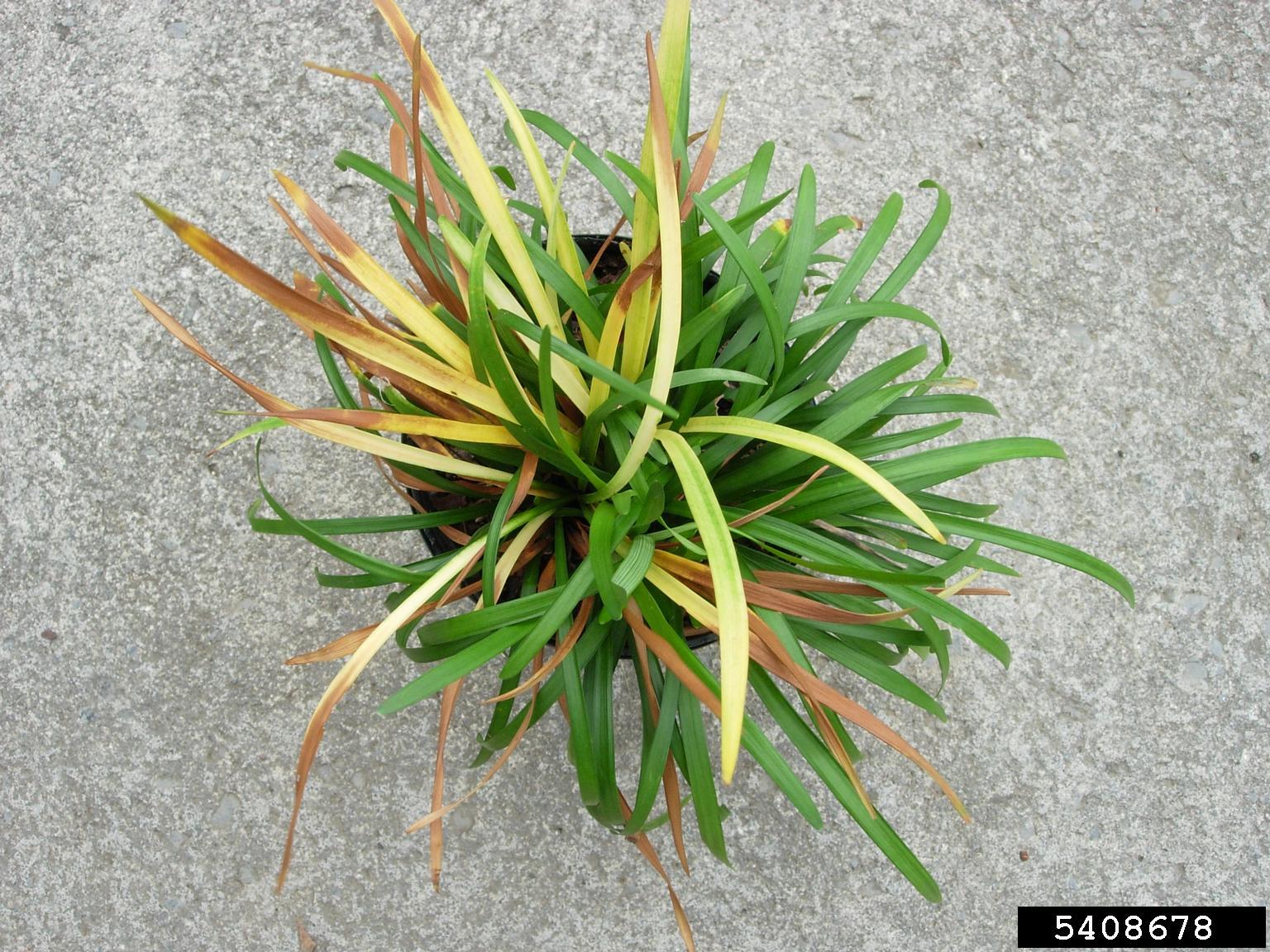 Monkey Grass Disease: Crown Rot Causes Yellow Leaves
Monkey Grass Disease: Crown Rot Causes Yellow LeavesFor the most part, monkey grass is a hardy plant. But, despite the fact that monkey grass is able to take a lot of abuse, it is still susceptible to disease. One in particular is crown rot. Click here to learn more.
By Heather Rhoades
-
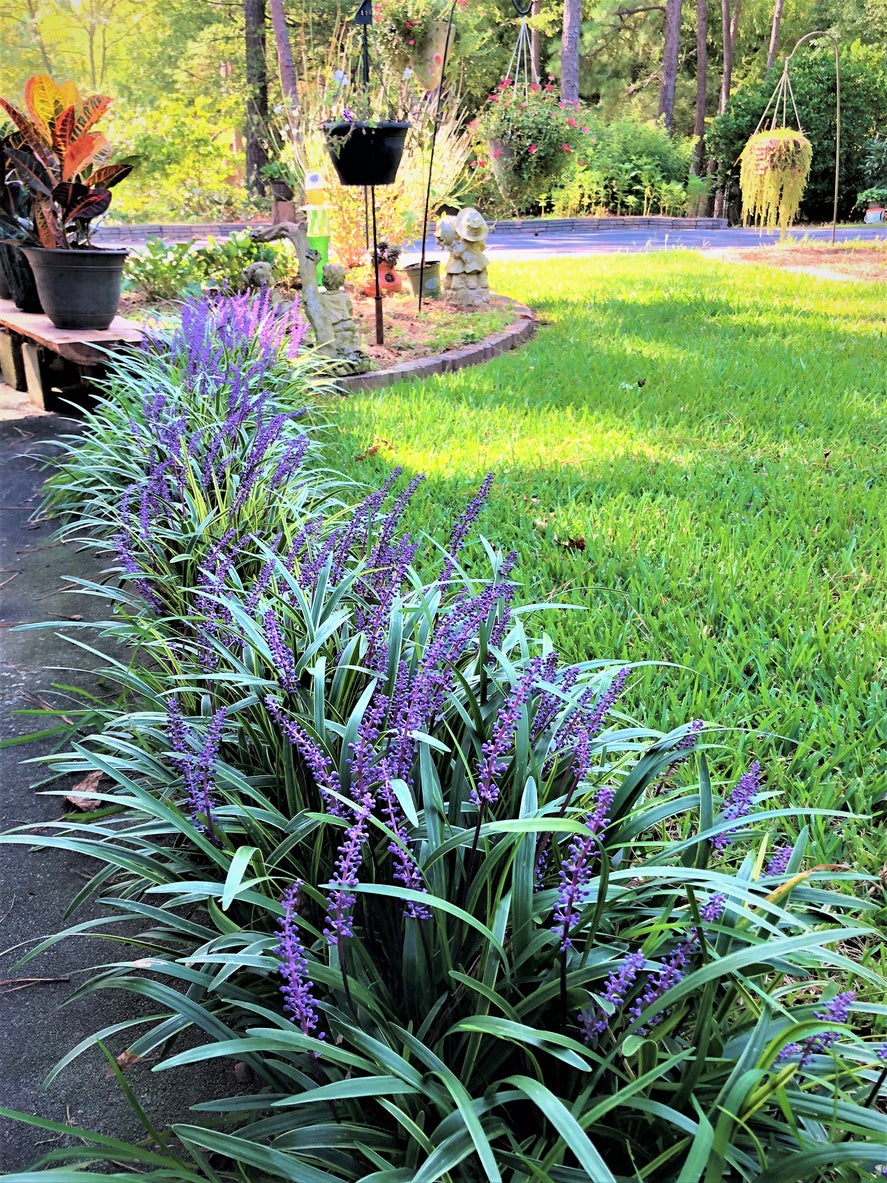 What Is Monkey Grass: Caring For Monkey Grass In Lawns And Gardens
What Is Monkey Grass: Caring For Monkey Grass In Lawns And GardensLooking for a low growing, drought tolerant turf replacement? Try growing monkey grass. What is monkey grass? Monkey grass is actually the common name for two different species. Click here to learn about the different types of monkey grass and how to use them.
By Amy Grant